Video has appeared on the Internet showing part of a Chinese rocket falling on a populated area. Residents are fleeing, and a dense orange cloud is rising high above the object.
The part may have belonged to the Chinese Long March 2C rocket, which was launched on Saturday, June 22. The joint mission between China and France is intended for studying gamma-ray bursts. The launch was declared successful, but it appears it was not flawless.
On June 22, in the Qiannan Buyi and Miao Autonomous Prefecture of Guizhou, China, local residents captured footage of debris from a Long March 2C rocket falling. The video shows the debris trailing yellow smoke, and after it hits the ground, smoke disperses.
In the video,… pic.twitter.com/wLzc0V0TOM
— Inconvenient Truths by Jennifer Zeng (@jenniferzeng97) June 23, 2024
The video shows the first stage of the Long March 2C rocket uncontrollably falling over a village in southwest China. Local residents cover their ears and run to take cover. There have been no reports of injuries or property damage. The rocket booster appears to have fallen near a road. Despite spreading such videos is prohibited to residents, they still appear.
June 22: the booster of a 🇨🇳 Long March 2C fell into a village — most likely in Guiding County (贵定县), Guizhou — after the SVOM X-Ray Telescope was launched from Xichang Satellite Launch Center in Sichuan.
The Long March 2C launch vehicle uses highly toxic hypergolic… pic.twitter.com/8g9YFv8aEV
— Byron Wan (@Byron_Wan) June 23, 2024
There may have been a fuel leak, the color of which matches nitrogen tetroxide. This chemical compound is a strong oxidizer, it can be deadly toxic, according to Jonathan McDowell, an astrophysicist from the Harvard-Smithsonian Center.
"In the rocket industry, it is known as BFRC, a big bloody red cloud. And when you see BFRC, you run, saving your life. It's pretty scary, but that's how the Chinese do business. They have a different level of acceptable public risk," says Jonathan McDowell, an astrophysicist from the Harvard-Smithsonian Center.
In the early 1950s, the USSR and the United States approved nitrogen tetroxide as a rocket fuel oxidizer, but according to NASA, over the years it has been used less frequently because it is extremely toxic. Upon contact with skin, eyes, or the respiratory system, it can destroy human tissues, and inhaling it can lead to fluid accumulation or even death.
It is known that China is reckless with rocket launches. Launch pads in most other countries are built along the coast, with boosters usually landing in the ocean. Chinese launch sites such as Sichan in the southwest, Jiuquan in the Gobi Desert in the northwest, and Taiyuan in the north are located inside the country, so the boosters usually fall on or near populated areas. In December 2023, part of a Long March 3B rocket fell near a home in the southern province of Hunan.
China's attitude towards space launch culture is gradually changing. The country's newest launch site in Hainan is located near the coastal Wenchang National Spacecraft Launch Site on an island in the South China Sea. Chinese next-generation rockets will use kerosene and liquid hydrogen instead of toxic fuel. However, old rockets will still fly. Their phase-out is expected within 10 years.
Source: Gizmodo






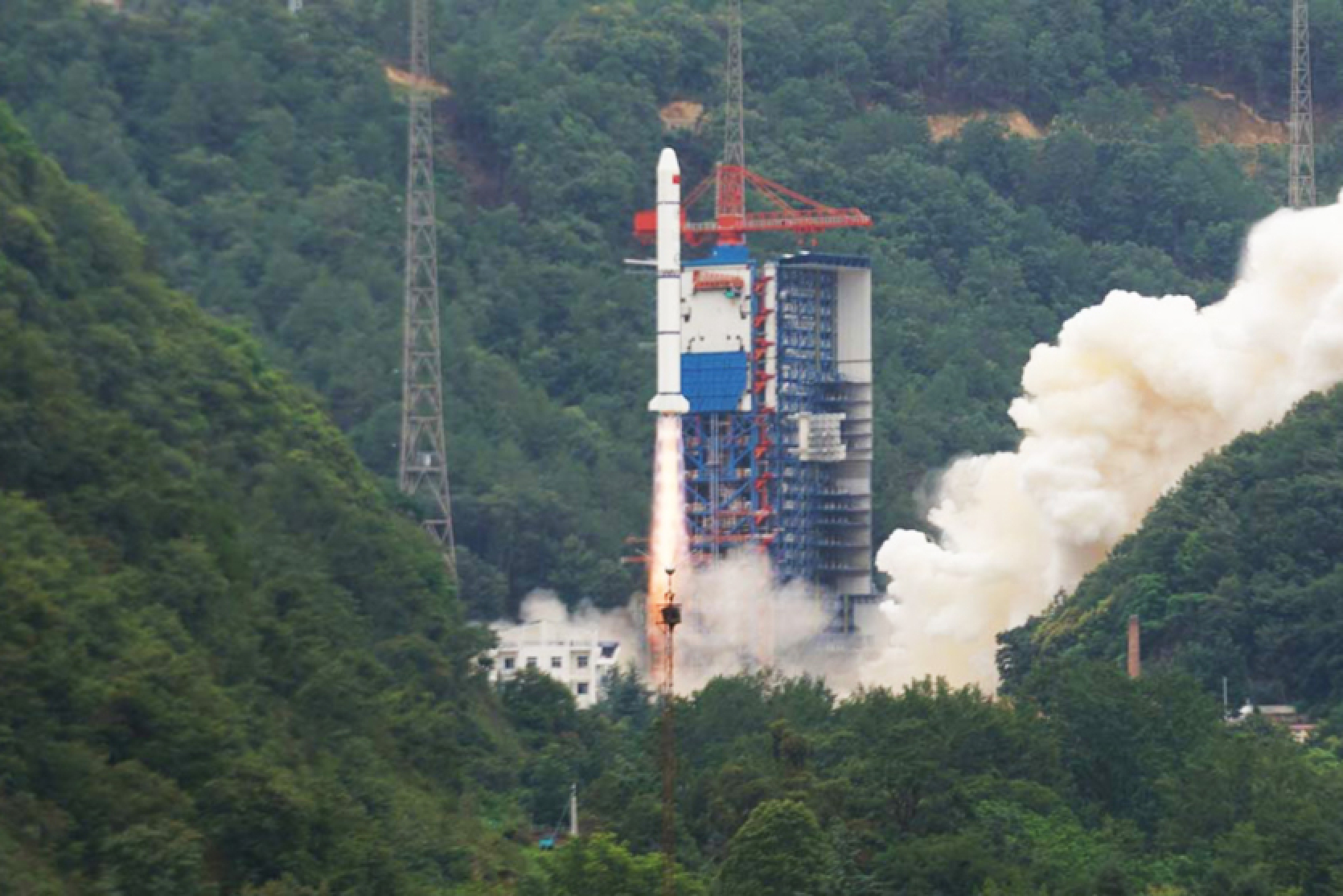


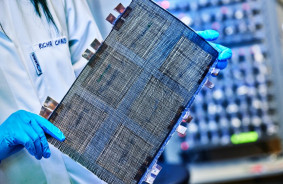

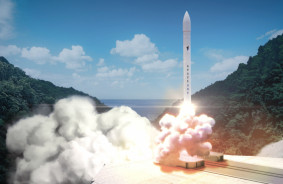
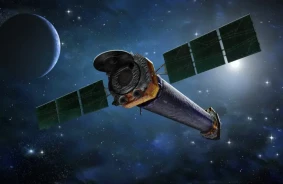
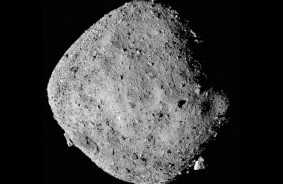
Comments (0)
There are no comments for now